
Lanckorona
Elaboration author
Artur Karpacz
Monuments
Parishes
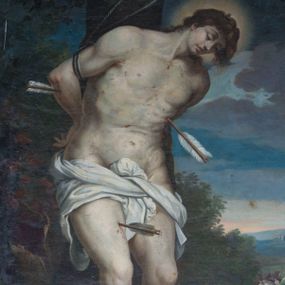
The Martyrdom of St. Sebastian
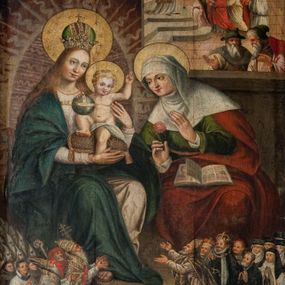
Picture
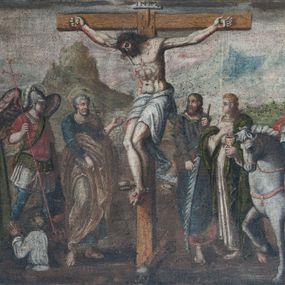
Picture
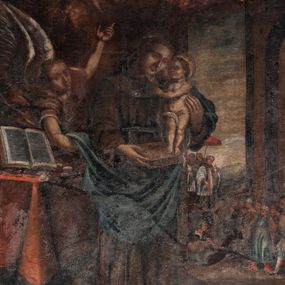
Picture
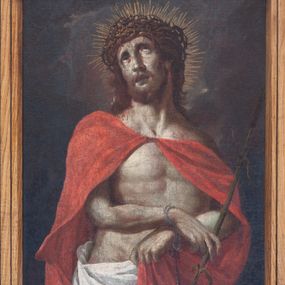
Picture
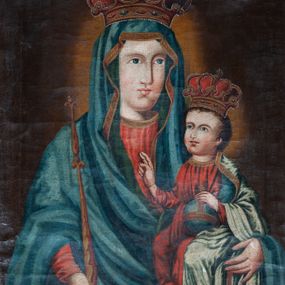
Picture
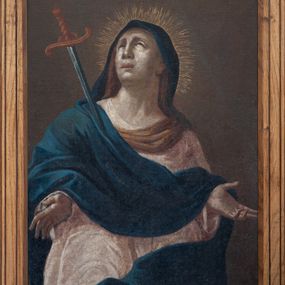
Picture
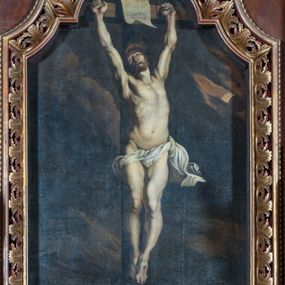
Picture
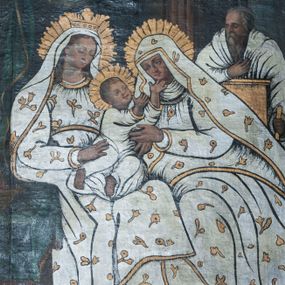
Picture
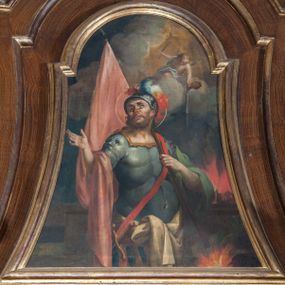
Picture
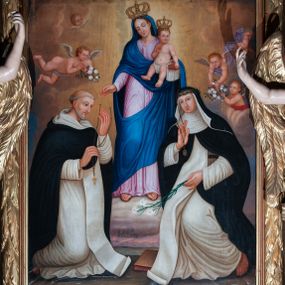
Picture
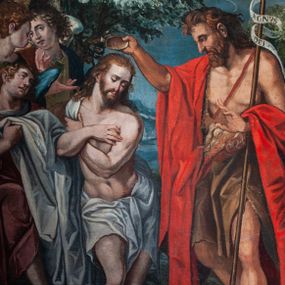
Picture
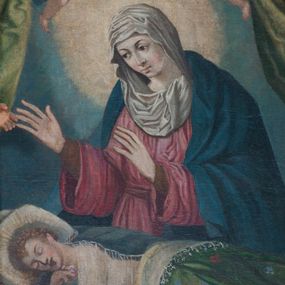
Picture
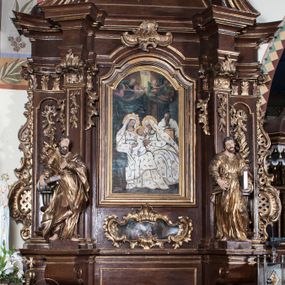
Side altar
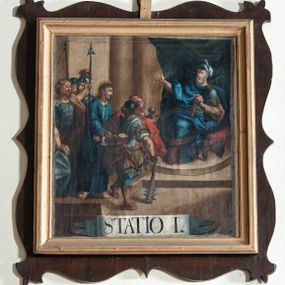
Picture
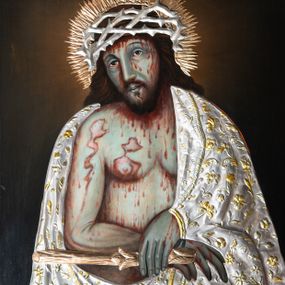
Picture
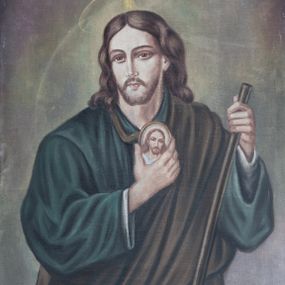
Picture
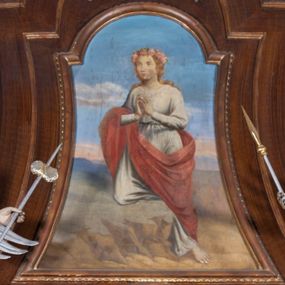
Picture
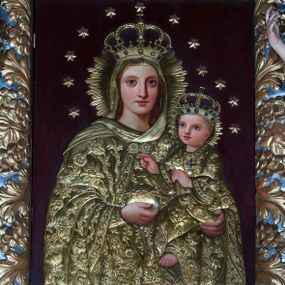
Picture
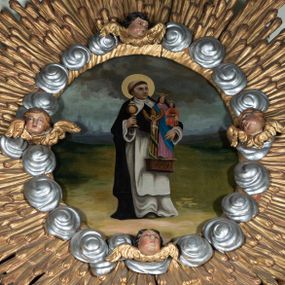
Picture
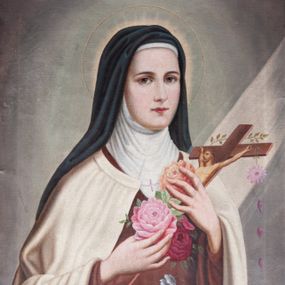
Picture
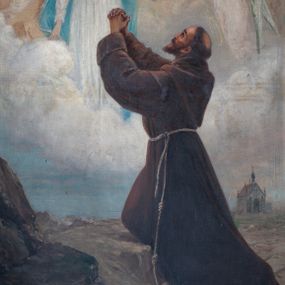
Picture
History abstract
The name Lanckorona is derived from German, finding its etymology in the word "Landeskrone", meaning the crown of a country or land. In 1361, king Casimir the Great allowed an unknown commune head to charter the town, which in time became the seat of the non-city starosty. At the beginning of the 15th century, this tenute (royal estate) was leased to Zbigniew of Brzezie, marshal of the Kingdom of Poland. The town was then fortified with a palisade rampart with three gates. In the next century, Lanckorona was leased by Mikołaj Wolski of the Półkozic coat of arms, chamberlain of queen Bona Sforza. In the 1570s, there was a serious crisis as to who would become the staroste – widow Barbara of Hlebowicze or Olbracht Łaski, a supporter of king Henryk Walezy. In 1590, the tenute was bought by Mikołaj Zebrzydowski, founder of the Bernardine monastery and chapels of the Passion of Christ. The royal land remained in the hands of his family until the end of the 1660s. In September 1655, units led by general Robert Douglas occupied the castle in Lanckorona, after burning the town's houses and barns. The subsequent reign of Marianna of Stanicki led to a serious peasant's revolt (1669-1670), repeated in 1699-1700. The Wielopolski family were the last tenutaries (lessors of royal estate) before the partitions of Poland. During this period, the fortress was conquered and fortified by the Bar Confederates, who were defeated in 1771 by the Russian army led by Alexander Suvorov. At the turn of the 19th century, part of the starosty (the "Lanckorona demesne") was bought by Maria Krystyna de Montleart. The fortress was initially used as a barracks and a prison, gradually leading to its ruin. Around 1870, the town had 1420 residents and 245 houses. There was a three-grade public school, a post office and a house for the poor under the care of the mayor. Unfortunately, a fire in 1869 almost completely destroyed the wooden buildings of the settlement. After Poland regained independence in 1918, the residents of Lanckorona began to consider the possibilities of breaking the long-term stagnation of the town through development of regional tourism. The Committee for Establishment of Summer Resort and Educational Centre for Post-War Orphans was formed. The town experienced a real construction boom at the time, mainly due to the wise policy of the city council promoting the construction of villas and guesthouses. World War II and the Nazi occupation ruined the ambitious plans of the dynamically developing summer resort. The Germans decided to make use of the excellent climatic conditions of Lanckorona, occupying most of the premises for the purposes of the army. In January 1945, the Soviet offensive forced the troops of the Third Reich to withdraw from the village. In 1955, electrification of the town took place, and a health centre, three libraries with common rooms and the Workers' Cooperative "Gromada" were opened. The 1960s were a period in which the summer resort was being discovered by the artistic bohemia of Cracow. Unfortunately, during the transformation of the political system of the People's Republic of Poland, stagnation affected Lanckorona. The condition of the collapsing town was not improved until the 21st century, thanks to the proper use of European Union funds.
How to cite?
Artur Karpacz, "Lanckorona", [in:] "The Sacred Lesser Poland Heritage", 2026, source: https://sdm.upjp2.edu.pl/en/places/lanckorona-1